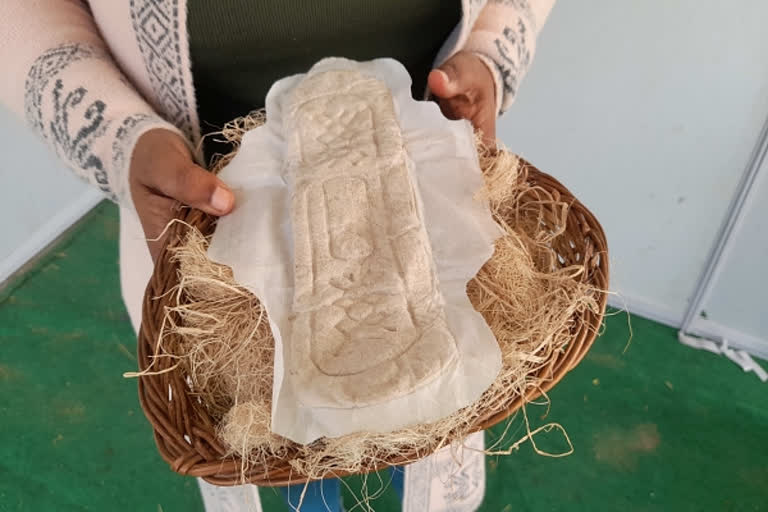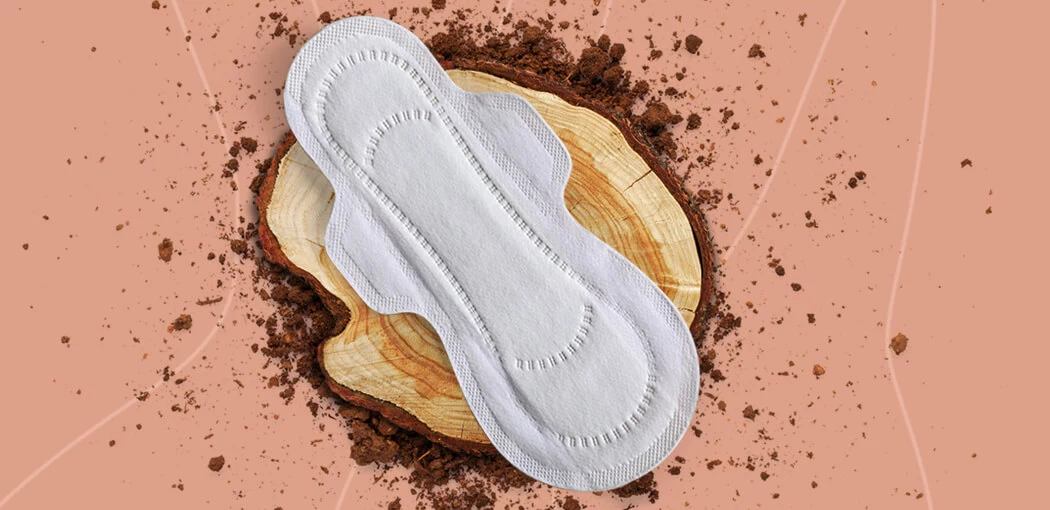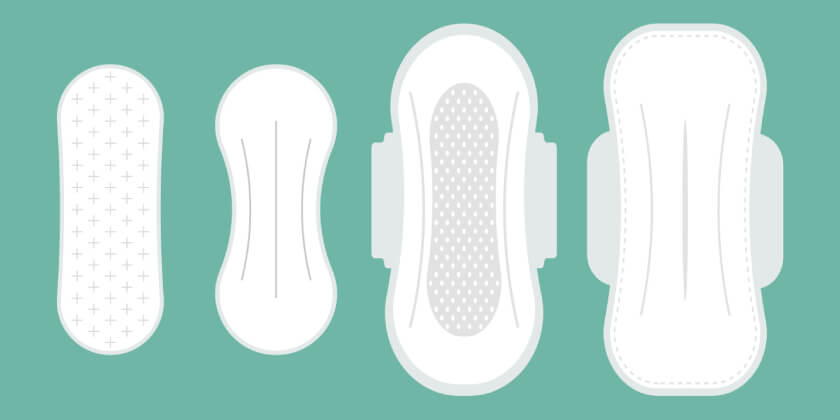Are pads biodegradable? It’s a question that many menstruators are asking as they become more conscious of the environmental impact of their period products. With the rise in popularity of reusable options, such as menstrual cups and cloth pads, it’s no wonder that people are wondering about the sustainability of disposable pads. Let’s find out more in detail.
Contents
Are Pads Biodegradable?

Conventional pads are typically made up of wood pulp, a superabsorbent polymer (SAP), cotton, and plastic fibers. While many biodegradable pads have been developed to replace the SAP and wood pulp, they still contain a small amount of plastic for waterproofing. It’s important to note that being biodegradable doesn’t necessarily mean compostable.
For pads to be considered compostable, the entire product would need to be made of a single ingredient, allowing microbes to break it down in soil within 90-180 days. However, with current technology, it’s nearly impossible to create pads that meet this requirement. As a result, most so-called “green” pads on the market are not fully biodegradable.
In recent years, there has been growing awareness and demand for more sustainable period products. Options like reusable menstrual cups and cloth pads have gained popularity, offering a more environmentally friendly alternative to disposable pads. These reusable options significantly reduce waste, as they can be used for several years with proper care.
The Environmental Impact of Non-Biodegradable Pads
1. Plastic Waste and Pollution
Non-biodegradable pads, which are primarily made of plastic materials, contribute significantly to plastic waste and pollution. When you dispose of these pads, they end up in landfills, where they can take centuries to decompose. In fact, approximately 12 billion pads are added to United States landfills every year. The plastic used in pads is not only harmful to the environment, but it also poses a threat to wildlife. Marine animals, in particular, are at risk of ingesting or getting entangled in plastic waste, leading to severe consequences for their health and well-being.
2. Resource Consumption
The production of non-biodegradable pads requires high amounts of fossil fuel energy and resources. From the extraction of raw materials to the manufacturing processes involved, this industry has a large carbon footprint. The plastic packaging used for individual pads and the outer packaging further contribute to resource consumption and waste generation. By choosing non-biodegradable pads, we are perpetuating a cycle of unsustainable resource consumption and environmental degradation.
3. Landfill Usage
As mentioned earlier, non-biodegradable pads end up in landfills, adding to the already massive amount of waste we generate. Not only do they take up valuable space, but they also emit harmful gases as they slowly break down over time. This contributes to air pollution and the release of greenhouse gases, further exacerbating the problem of climate change. With the increasing demand for pads, it’s clear that the current system of disposal is not sustainable, and alternative solutions need to be explored.

Benefits of Using Biodegradable Pads
- Environmental Impact: By opting for biodegradable pads, you are choosing a more sustainable option that significantly reduces plastic waste and carbon footprint. These pads are made from renewable resources and do not contain harmful chemicals or bleaches, minimizing CO2 emissions during production.
- Comfort and Hygiene: Biodegradable pads, made from organic cotton and other natural fibers, provide excellent absorbency while being gentle on the skin. They do not cause inflammation or irritation, allowing you to stay comfortable and hygienic during your menstrual cycle.
- Contribution to Circular Economy: Biodegradable pads align with the principles of the circular economy by promoting the use of agricultural by-products and natural materials. They can be composted, returning valuable nutrients to the soil and closing the loop on waste generation.
- Reduced Plastic Content: Unlike conventional pads, biodegradable pads strive to minimize the amount of plastic used. While some waterproofing is still necessary for leakage prevention, the overall plastic content in biodegradable pads is significantly lower.
- Conscious Consumer Choices: By opting for biodegradable pads, you are making an informed choice that supports sustainable practices and promotes a cleaner future.
How to Choose Biodegradable Pads?

When it comes to making sustainable choices for your menstrual care, opting for biodegradable pads is a great option. Here are a few tips to help you choose the right biodegradable pads for your needs:
- Look for 100% Organic Cotton: Check the label for pads that are made entirely of organic cotton. This ensures that the pad is free from harmful chemicals and pesticides that can irritate your skin.
- Check for Biodegradability: Not all pads labeled as “biodegradable” actually break down as advertised. Look for pads that are certified as biodegradable and compostable by reputable organizations. This way, you can be sure that the pad will naturally decompose within the specified time frame, reducing its environmental impact.
- Consider Packaging: Evaluate the packaging of the biodegradable pads. Opt for brands that use minimal or recyclable packaging materials. This helps to further reduce waste and environmental footprint.
- Assess Absorbency and Comfort: Biodegradable pads come in different absorbencies, just like conventional pads. Choose a pad that meets your flow needs to ensure optimal comfort and leakage protection. Look for pads that are designed with comfort in mind, providing a soft and dry experience.
- Research the Brand: Before purchasing biodegradable pads, do some research on the brand. Look for companies that are transparent about their production processes, materials used, and their commitment to sustainability. Supporting ethical and eco-conscious brands helps to promote a cleaner future.
By following these tips, you can confidently select biodegradable pads that are not only good for the environment, but also for your body.
FAQs
What is the best way to dispose of sanitary pads at home?
After use, a disposable sanitary pad or tampon should be wrapped in newspaper or toilet paper and placed in a garbage bin.
Why are sanitary pads non-biodegradable?
Sanitary pads are non-biodegradable because they are made with non-compostable materials like plastic, super absorbent polymer, and non-woven fabric.
What is green menstruation?
Green menstruation refers to the use of eco-friendly menstrual products. These include menstrual cups, organic cotton pads, reusable cloth pads, and period panties.
I am a medical student with experience and interest in Women’s health and well-being.